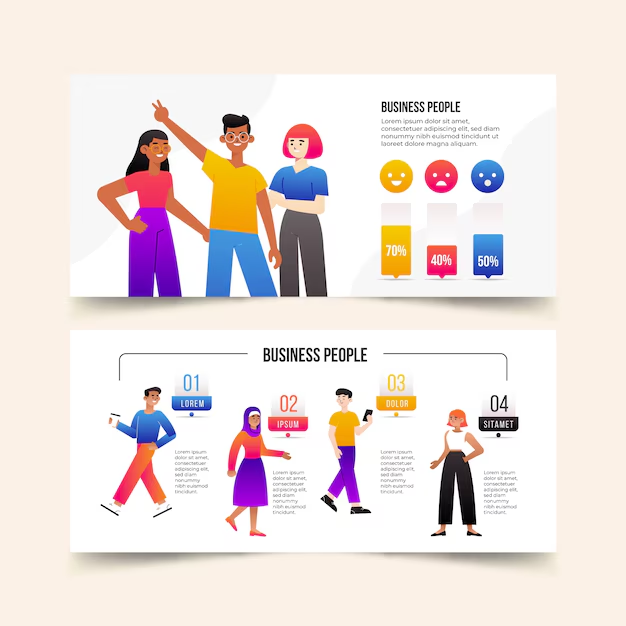Web Content Accessibility Guidelines (WCAG) are essential for creating accessible digital content. One critical guideline is 1.3.1 Information and Relationships, which focuses on ensuring that the information presented on web pages is understandable and that relationships among elements are clear. This guideline is crucial for making content accessible to users with disabilities, particularly those who rely on assistive technologies.
What Does 1.3.1 Mean?
Purpose
The primary goal of WCAG 1.3.1 is to provide a asd a11y wcag: 1.3.1 info and relationships way for users to perceive and understand the structure and meaning of the content on a webpage. This includes ensuring that:
- Textual content is clear and logically organized.
- Visual relationships, such as headings and lists, are properly conveyed.
- The semantic structure of the content is preserved so that it can be accurately interpreted by assistive technologies.
Key Elements
- Use of Semantic HTML:
- Proper use of HTML elements (like headings, lists, tables, and sections) helps convey meaning and structure. For example, using
<h1>,<h2>, etc., for headings establishes a hierarchy that screen readers can interpret.
- Proper use of HTML elements (like headings, lists, tables, and sections) helps convey meaning and structure. For example, using
- Clear Visual Relationships:
- Visual elements such as colors, fonts, and spacing should reflect the relationships between items. For example, items in a list should be formatted in a way that distinguishes them from the surrounding text.
- Text Alternatives:
- Non-text content (images, charts, etc.) should have appropriate text alternatives that describe their function and purpose, ensuring users understand their relevance.
Practical Implementation
Tips for Compliance
- Use Descriptive Headings:
- Structure your content with clear and descriptive headings to help users navigate the page.
- Label Form Elements:
- Ensure that all form fields are properly labeled, so users know what information is required.
- Organize Information Logically:
- Present information in a logical order, using lists or tables where appropriate to clarify relationships.
- Provide Context:
- When using visual indicators (like color coding), ensure that the meaning is also conveyed through text or other methods.
- Test with Assistive Technologies:
- Regularly test your website using screen readers or other assistive technologies to ensure that the information and relationships are conveyed effectively.
Conclusion
Adhering to WCAG 1.3.1: Information and Relationships is vital for creating accessible web content. By using semantic HTML, providing clear asd a11y wcag: 1.3.1 info and relationships headings and labels, and ensuring that relationships among content are understandable, developers can enhance the user experience for everyone, especially those with disabilities. Prioritizing accessibility not only fulfills legal and ethical obligations but also broadens your audience and improves overall website usability.

